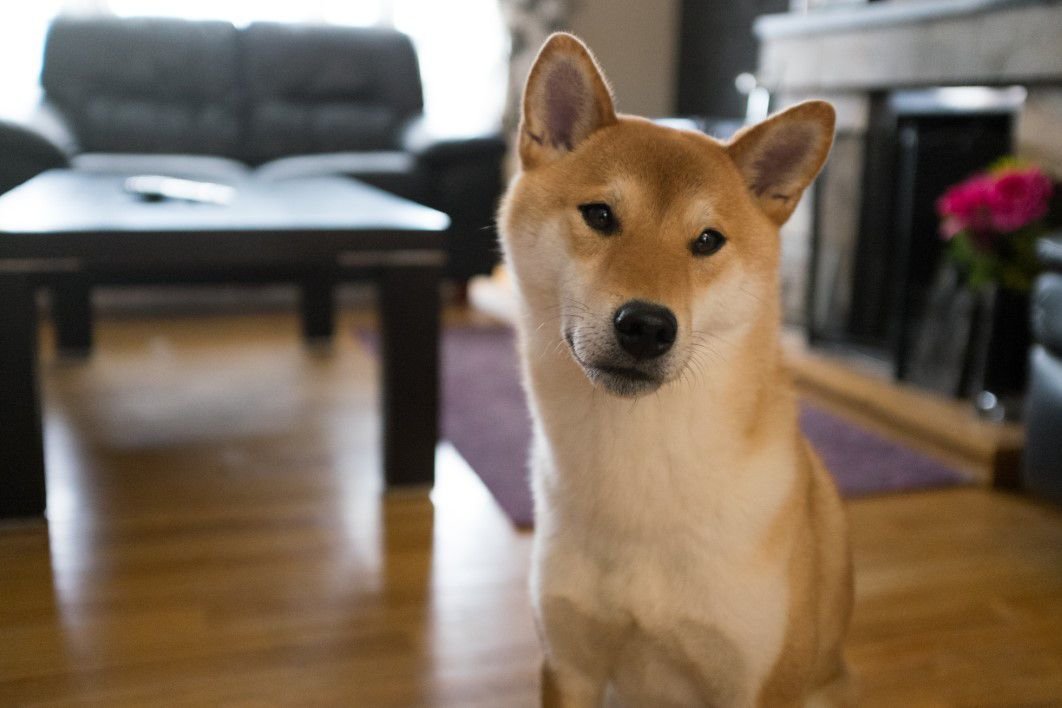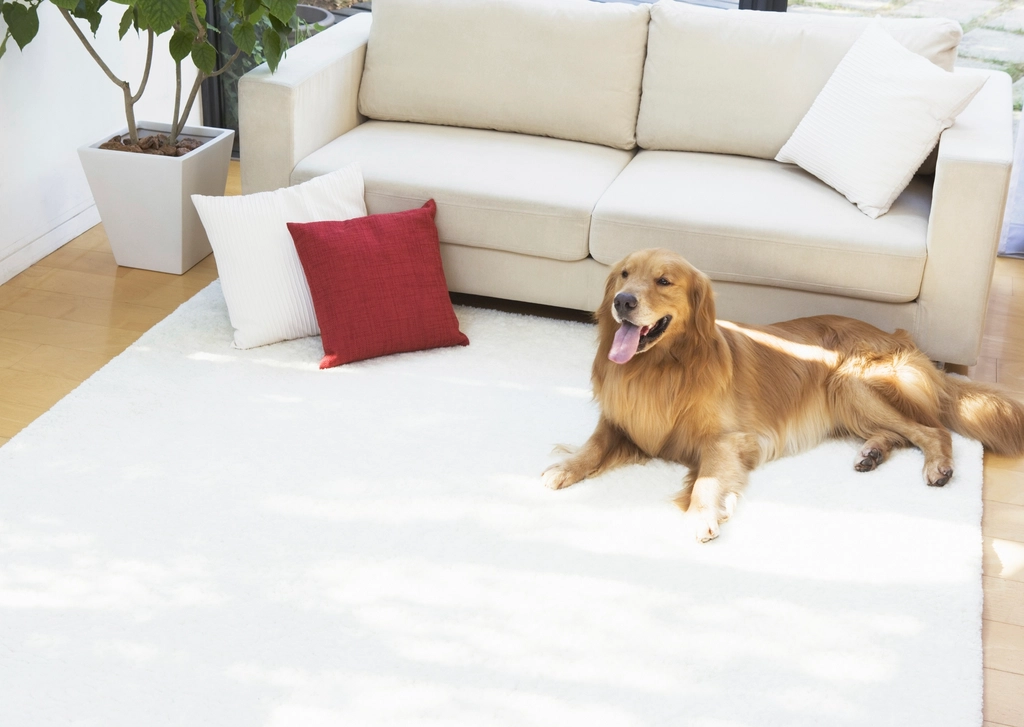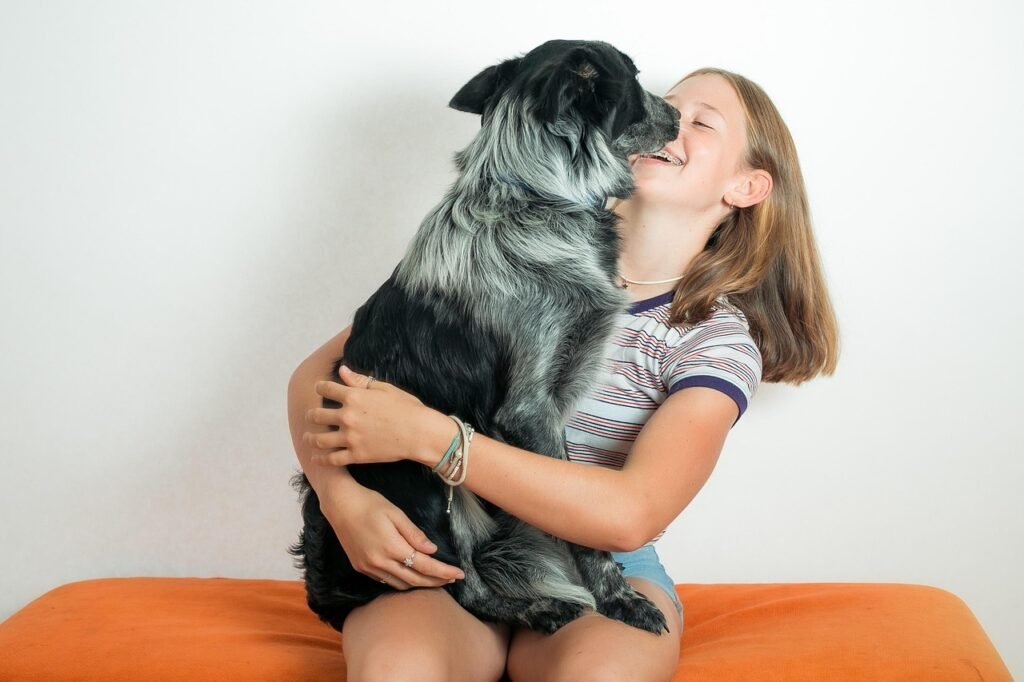Have you ever felt like your dog is your shadow, following you everywhere you go—even to the bathroom? While it can be sweet and even funny at times, a clingy dog can become overwhelming, tugging at your heartstrings and challenging your patience. If you find yourself tripping over your furry friend or feeling guilty for leaving the room, you’re not alone. Many dog lovers face the challenge of an overly attached pup, and it’s often rooted in love, anxiety, or simple habit. But don’t worry—helping your dog become more independent is completely possible, and it can even strengthen your bond. Let’s unravel the reasons behind this behavior and discover practical steps to create a happier, more balanced life for both you and your loyal companion.
Understanding Clingy Behavior: Why Is My Dog So Attached?
While a dog’s loyalty and affection are some of the best parts of pet ownership, there are times when that love can feel a little… overwhelming. If your dog follows you everywhere, constantly seeks attention, or struggles with being left alone, it might be a sign of clinginess. While this behavior is often rooted in love and attachment, it can also create challenges for both you and your furry friend.
Before you can help your dog, it’s important to understand what’s driving their clinginess. Dogs are naturally social animals, but some take attachment to a whole new level. Maybe your dog whines when you leave the room, paces anxiously, or demands constant attention. This behavior can be a sign of separation anxiety, boredom, past trauma, or even certain breeds that are simply more “velcro” than others. Sometimes, life changes like moving homes or schedule shifts can also trigger clinginess. Pay attention to when your dog is most attached—does it happen after you’ve been away, or during storms or loud noises? Knowing the cause is the first step in finding the right solution.
Spotting the Signs: How Do I Know My Dog Is Too Clingy?

It’s easy to confuse normal affection with clinginess, but there are clear signs that your dog might be crossing the line. If your dog follows you from room to room, panics when you leave the house, or constantly seeks physical contact, they may be overly dependent. You might notice whining, barking, or destructive behaviors when you’re out of sight. Some dogs even refuse to eat or play unless you’re nearby. While it’s wonderful to feel loved, these behaviors can indicate that your dog is struggling to feel secure on their own. Recognizing these signs early can help you address the issue before it becomes a bigger problem for both of you.
Building Confidence: Encouraging Independence in Your Dog
Helping your dog feel confident on their own is key to reducing clinginess. Start by teaching them that being alone isn’t scary or boring. Create positive experiences when you’re apart—leave them with a favorite toy, a treat-filled puzzle, or soothing music. Gradually increase the amount of time you spend in a different room, celebrating their calm behavior with praise or treats. Short, positive separations can build up your dog’s trust and self-assurance. Remember, patience is crucial; progress may be slow, but each little victory counts. Think of it as teaching a child to ride a bike—small steps, lots of encouragement, and soon enough, they’ll be more independent.
Setting Boundaries: Creating Healthy Space for Both of You
Establishing boundaries doesn’t mean you love your dog any less; in fact, it helps them develop a sense of security. Gently teach your dog that it’s okay to spend time in their bed or a designated “safe spot” away from you. Start with short intervals and gradually increase the duration. If your dog tries to follow you, calmly return them to their space and reward them for staying. Avoid giving in to attention-seeking behaviors like constant pawing or barking. Over time, your dog will learn that being alone isn’t a punishment, but a normal part of daily life. Think of it as giving your dog the tools to stand on their own four paws.
Enriching Their Day: Combating Boredom and Anxiety
A busy dog is a happy dog. Sometimes, clinginess is simply a sign that your pup is bored or under-stimulated. Make sure your dog gets plenty of physical exercise and mental stimulation every day. Walks, playtime, training sessions, and interactive toys can all help burn off excess energy and keep their mind occupied. Try switching up your routine with new games or exploring different routes during walks. Dogs thrive on variety and challenge, just like people do. When your dog is tired and content, they’re less likely to cling to you out of restlessness or anxiety.
Training Techniques: Teaching Calm Behaviors
Training isn’t just about sit and stay—it’s about building your dog’s confidence and comfort with being alone. Practice basic commands like “stay” and “place,” rewarding your dog for remaining calm in their spot while you move around the house. Use positive reinforcement to encourage independence, such as giving treats when your dog settles in their bed without prompting. Avoid harsh corrections or scolding, as this can increase anxiety. Training should be a fun, supportive process that helps your dog feel secure whether you’re right next to them or in another room. With consistency, your dog will learn that separation is safe and even rewarding.
Understanding Separation Anxiety: When Clinginess Runs Deep
For some dogs, clinginess goes beyond simple habit and turns into true separation anxiety. This can look like frantic barking, destructive chewing, or even attempts to escape when you leave. Separation anxiety often stems from past trauma, sudden changes, or lack of early socialization. If your dog’s distress is severe, it’s important to approach the issue with compassion and patience. Gradual desensitization—leaving for short periods and slowly increasing the time away—can help your dog adjust. Sometimes, professional help from a trainer or behaviorist is needed to tackle more severe cases and make sure your dog feels safe.
Knowing When to Seek Professional Help

If you’ve tried everything and your dog’s clinginess isn’t improving, it might be time to call in the experts. Professional trainers or veterinary behaviorists can offer tailored advice and support. They can spot underlying problems, such as anxiety disorders or medical issues, that may be fueling your dog’s behavior. In some cases, medication or structured behavior therapy may be recommended. Remember, seeking help is a sign of love and commitment to your dog’s well-being. Don’t be afraid to reach out—many dog owners face similar challenges, and there are solutions out there.
The Role of Routine: Consistency Builds Security
Dogs thrive on routine, and a predictable daily schedule can do wonders for reducing clingy behavior. Set regular times for walks, meals, play, and rest. When your dog knows what to expect, they feel more secure and less anxious about your comings and goings. Try to keep departures and arrivals low-key, avoiding dramatic goodbyes or enthusiastic greetings that reinforce anxious behavior. Instead, reward calmness and independence with gentle praise or a favorite treat. Over time, your dog will learn to trust that you always come back and that being alone is just another part of their happy day.
Caring for Yourself: Managing Owner Guilt and Frustration

Having a clingy dog can tug at your emotions, making you feel both loved and exhausted. It’s easy to feel guilty for wanting personal space, but remember that teaching independence is an act of kindness. Take care of your own needs, too—whether that’s enjoying a quiet cup of coffee or a walk without four-legged company. Your dog looks to you for reassurance, so staying calm and confident helps them feel secure. If frustration creeps in, take a deep breath and remind yourself that progress takes time. Building a balanced relationship benefits both you and your canine companion.
When your dog learns to be comfortable on their own, it’s a win for both of you. You’ll notice more relaxed behavior, less anxious following, and a happier, more confident pup. Celebrate these milestones, no matter how small—maybe your dog stayed in their bed while you cooked dinner, or played quietly with a toy while you worked. These moments are proof that with patience and love, you can help your dog overcome clinginess. The journey isn’t always easy, but the rewards—a peaceful home, a trusting bond, and a content dog—are worth every effort.





